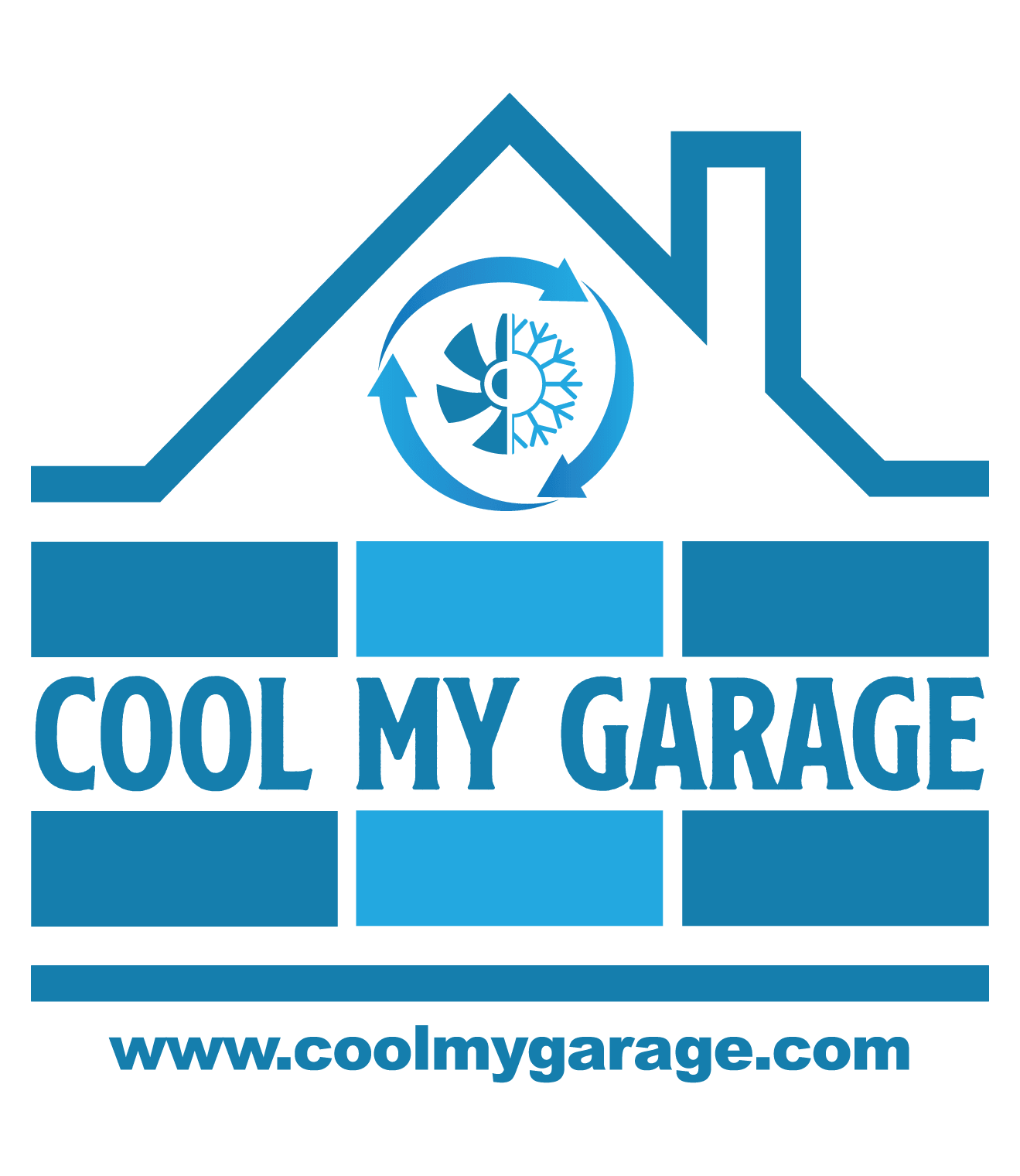Preparing your garage for winter helps protect valuable items, optimize energy use, and ensure that your space remains functional despite colder temperatures. Winterizing a garage can be straightforward, with a few steps to insulate, ventilate, and maintain key areas. Here’s how to get started and maximize energy efficiency in your garage.
1. Insulate for Energy Efficiency
Proper insulation is the first and most essential step in winterizing your garage. This can make a big difference, especially if your garage shares a wall with a heated area of your home. Without insulation, cold air seeps in, causing temperatures to drop and potentially increasing your home’s energy consumption.
- Insulate the Garage Walls and Ceiling: If your garage isn’t already insulated, consider adding insulation to the walls and ceiling. Opt for materials such as fiberglass batts, foam board, or spray foam. Ensure that the insulation material is the right thickness and R-value for your local climate.
- Upgrade the Garage Door Insulation: Standard garage doors often lack insulation, which leads to significant heat loss. Installing an insulation kit on the door or upgrading to an insulated garage door will help keep the garage warmer and reduce strain on heating costs.
2. Install and Maintain Ventilation
Even in winter, garages need ventilation to prevent moisture buildup, which can lead to rust and damage to tools, equipment, and other items stored there. Adding a garage and attic fan helps maintain airflow and keeps the environment dry without losing excessive heat.
- Use an Attic and Garage Fan with a Smart Switch: Our GF-14 Garage and Attic Fan paired with a Wi-Fi Smart Switch offers an easy way to manage ventilation year-round. Even in colder weather, controlled ventilation ensures that condensation doesn’t build up and that stale air is circulated out.
- Install Intake Vents: Intake vents are an essential part of your ventilation system, allowing fresh air to replace stale air without compromising the internal temperature. Place vents strategically on garage doors or walls to optimize airflow in winter months.
3. Protect the Floor
Winter brings snow, ice, and salt that can wreak havoc on a garage floor. Proper floor care not only protects the surface but also keeps the space safer and easier to maintain.
- Use Floor Mats or Epoxy Coating: Consider adding heavy-duty floor mats to catch snow and salt. Epoxy coatings also protect against moisture and make cleaning easier.
- Seal Concrete Cracks: Check for cracks in the concrete and seal them to prevent further damage. Water that seeps into these cracks can freeze and expand in cold temperatures, causing additional deterioration.
4. Seal Gaps to Prevent Drafts
Drafts can significantly impact garage temperatures, pulling in cold air that can make the space uncomfortable. Sealing any gaps around windows, doors, and the garage structure itself can help maintain a stable temperature.
- Inspect Weather Stripping: Replace any worn-out weather stripping on windows, doors, and around the garage door frame. New weather stripping reduces drafts and minimizes heat loss.
- Caulk Windows and Gaps: Seal any gaps around windows or other openings using a weather-resistant caulk. This simple step prevents cold air from slipping into the garage.
5. Organize and Protect Stored Items
Winter preparation isn’t complete without considering the items stored in your garage. Cold weather can damage tools, supplies, and other valuable belongings.
- Store Items Off the Floor: Keep items off the floor using shelves, hooks, or racks. This will keep them away from any water, salt, or debris that may collect on the ground.
- Protect Sensitive Items: Avoid storing temperature-sensitive items like paint, chemicals, or electronics in unheated spaces. If you need to store these items in the garage, consider using insulated storage bins or relocating them to a heated part of the home.
6. Regular Winter Maintenance Checklist
Once your garage is winter-ready, a little upkeep will go a long way in maintaining it through the season. Here’s a quick list of regular tasks to help you get the most out of your efforts:
- Clean up any salt or snow residue on the floor regularly to prevent damage.
- Check weather stripping and caulking for wear.
- Inspect insulation for any signs of moisture or displacement.
- Test your garage and attic fan for efficient airflow and clear any obstructions.
- Organize and evaluate stored items periodically to keep the space functional.
The Benefits of Winterizing Your Garage
Taking the time to winterize your garage brings immediate and long-term benefits. Not only will you protect your stored items and increase energy efficiency, but you’ll also create a more comfortable, usable space. With just a few upgrades and a bit of maintenance, your garage will be ready to handle winter’s toughest conditions, keeping your property protected and your energy bills under control.
– The Cool My Garage Team
Call: 855-2-COOLMY | 855-226-6569

